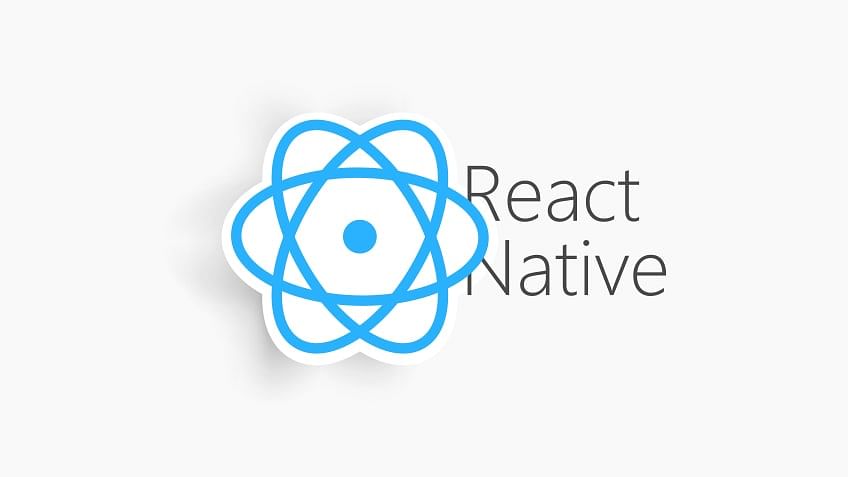1.
Flutter
This is an excellent framework for developing
cross-platform native mobile applications in 2020. Like Golang, TensorFlow, and Angular, Flutter is also from Google, which uses
Dart (another programming language from Google) and provides SDK for developing
a cross-platform native mobile application.
It’s always been challenging to release your app to different platforms
like Android, iOS, and Windows Mobile, as you need to
maintain separate codebase. Flutter solves that problem by allowing you to
create mobile apps for both iOS and Android devices using the same codebase.
Flutter has seen a lot of growth in the last 2 years, and its now the #1
framework for developing native mobile apps

2.
React Native
Apart from Flutter, if there is another framework you
can check out for developing native cross-platform mobile apps, then they React
Native. It uses React and JavaScript for producing high quality native
mobile apps.
It’s the right choice for all web developers who wants to become a mobile app
developer and already familiar with technologies like JavaScript and React. If you are one of them, then I suggest
you learn React Native in 2020.

3.
Kotlin
Kotlin is a general-purpose programming language from
JetBrains, the company behind tools like IntelliJIDEA, Reshaper, and PyCharm.
If you don’t know, Kotlin is the official programming language
for developing Android applications as announced by Google a couple of years
ago.
It’s a beautiful, JVM based programming language and compatible with Java,
another popular language for developing Android applications.
If you are serious about developing mobile apps for the Android platform, the
world’s most popular mobile platform, then you should learn Kotlin.

4.
Swift 5.1
Swift is another programming language from Apple which
you can use to develop mobile applications for iOS (iPhone and iPad), macOS (MacBook Prob), watchOS (Apple
Watch), tvOS (Apple TV), and beyond. It’s a simple, elegant, and powerful
programming language, full of modern features developer loves.
Swift allows you to write safe code without compromising speed
and performance. If you are serious about developing mobile applications for
Apple products like iPhone, iPad, and MacBook Pro, then you should learn Swift
5.1 in 2020. Swift 5.1 also makes it easier to create and share a binary
framework with others.
5.
Native Script
If somehow you didn’t like React Native and Flutter and
looking for alternatives, then you can also check out Native Script.
NativeScript is a free and open-source framework to develop a mobile
application for both Apple iOS and Google’s Android platform.
It allows you to build native mobile apps in both TypeScript and JavaScript and using Angular and Vuejs. If you are a frontend
developer and already know frameworks like Angular or Vuejs, then Native Script
can be the right choice for you.
NativeScript features deep integration with both Angular and Vuejs and allows
you to write code on any language, which translates into JAvaScript like
TypeScript or CoffeeScript.

6.
Android 10
This is the latest version of the Android platform. It
was released on September 3, 2019, and unlike the previous Android version, it
doesn’t have any sweet name like KitKat, Oreo, or Lollipop.
If you are interested in the Android platform or already an Android developer,
you can learn Android 10 to learn new features like Dark Themes, Smart Reply,
Gesture navigation, 5G Networks, Enhanced location, and privacy tools, etc.
You can also optimize your apps for foldable and other large-screen devices. If
you are an Android developer or want to learn Android in 2020.

7.
iOS 13
This is the latest release of the popular iOS platform,
which powers the iPhone and iPad, two of the most powerful devices of
humankind. I just updated my iPhone on iOS 13, and I am really impressed with
sleek writing without lifting my finger.
It also comes with some exciting features developers have long been asking. For
example, with the iOS 13 SDK, your app can take advantage of Dark Mode, Sign In
with Apple, Core Data syncing with CloudKit, PencilKit, and more.

8.
Ionic
This is another framework for developing hybrid mobile
applications using JavaScript. Ionic also allows you to build cross-platform
mobile apps, which means you can create an application for any platform using
one codebase.
Ionic Framework is a free and open-source and provides a portable UI toolkit
for developing high-quality cross-platforms apps for native iOS, Android, and the web- all from the single
codebase. It also has an Ionic React that leverages React for building hybrid
mobile apps.

9.
Dart
If you want to learn Flutter, which you should, if you
are serious about building cross-platform native mobile applications, then
learning Dart could be beneficial for you because Dart is the programming
language that powers Flutter.
If you don’t know, Dart is a programming language from Google aimed at
developer productivity. Unlike Golang, another programming language from
Google, Dart is in between Java and JavaScript, and you can learn it quickly if you are
familiar with any of this language.

10.
Xamarin
If you want to build a native mobile application
with .NET and C#, then there is no better choice than
Xamarin. Xamarin is a tried and tested platform and great for C# and .NET developer who wants to get into
mobile application development.
By using Xamarin, you can build native Android, iOS, tvOS, watchOS, macOS, and
Windows apps using .NET with native API access.

That’s all about some new frameworks, libraries, programming
languages, and platforms you can learn in
2020 for Mobile application development. You don’t need to learn them all,
Choose any one of them and master in it.











BB20F4F34F
ReplyDeletekiralık hacker
hacker bulma
tütün dünyası
-
-